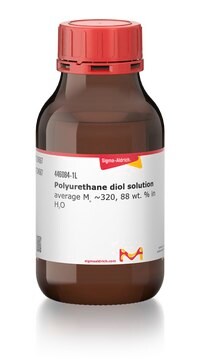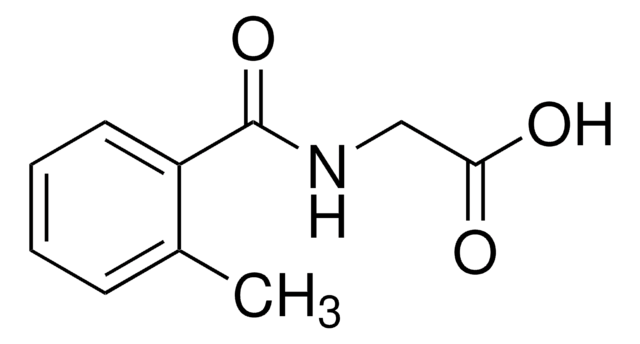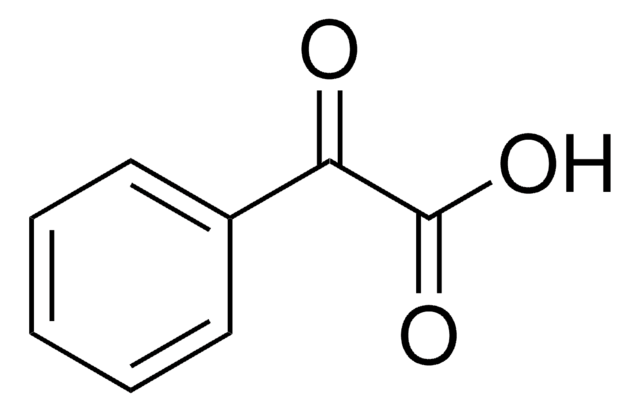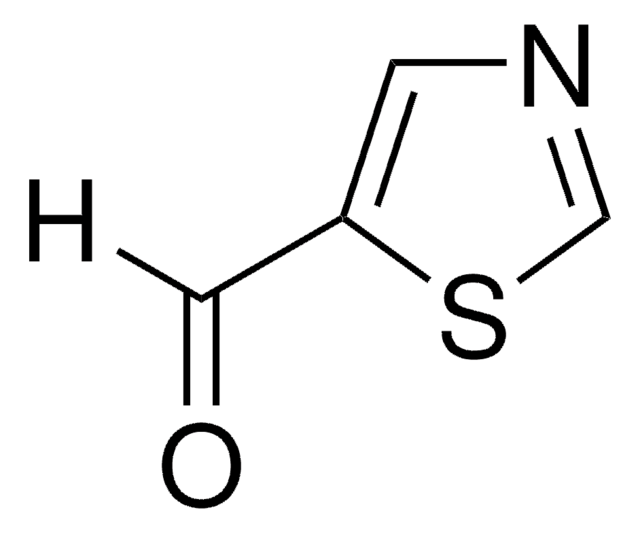Wszystkie zdjęcia(2)
Kluczowe dokumenty
430218
Poly[4,4′-methylenebis(phenyl isocyanate)-alt-1,4-butanediol/di(propylene glycol)/polycaprolactone]
pellets, MDI-polyester/polyether polyurethane.
Zaloguj sięWyświetlanie cen organizacyjnych i kontraktowych
About This Item
Polecane produkty
odporność na ścieranie
10 mg (Taber, H-22 wheel)
Poziom jakości
Formularz
beads
pellets
wskaźnik szybkości płynięcia
4 g/10 min (190°C/8.7kg)
twardość
84 (Shore A, ASTM D 2240)
temp. przejścia
Tg −40 °C (DSC)
softening point 85 °C (Vicat, ASTM D 1525)
gęstość
1.18 g/mL at 25 °C (lit.)
Powiązane kategorie
Opis ogólny
Poly[4,4′-methylenebis(phenyl isocyanate)-alt-1,4-butanediol/di(propylene glycol)/polycaprolactone] (PU/PCL) is a polyurethane solution that can be used as a shape memory polymer and a reinforcing unit for enhancing the mechanical and thermal properties of the base materials. It is biocompatible and finds usage in endothelial proliferations. PU/PCL contains polycaprolactone (PCL) that facilitates the hydrophobic properties of the polymeric matrix.
Zastosowanie
Automotive fascia, cable jackets, side trim, fabric laminates, health care tubing, catheters, transdermal patches and in seals casters, shoes, bushings and wheels.
PU/PCL can be used in the formation of a polyurethane membrane for effective gas separation. It can also be used to synthesize reinforced hydrogel with good thermo-mechanical properties for biomedical applications.
Cechy i korzyści
Tough, high-performance, wear-resistant elastomer with good clarity, chemical resistance, flexibility and toughness. Can be used in current form or further polymerized. Low compression set
Ta strona może zawierać tekst przetłumaczony maszynowo.
Hasło ostrzegawcze
Danger
Zwroty wskazujące rodzaj zagrożenia
Zwroty wskazujące środki ostrożności
Klasyfikacja zagrożeń
Acute Tox. 4 Oral - Eye Irrit. 2 - Resp. Sens. 1 - Skin Irrit. 2 - Skin Sens. 1
Kod klasy składowania
11 - Combustible Solids
Klasa zagrożenia wodnego (WGK)
WGK 3
Temperatura zapłonu (°F)
Not applicable
Temperatura zapłonu (°C)
Not applicable
Wybierz jedną z najnowszych wersji:
Masz już ten produkt?
Dokumenty związane z niedawno zakupionymi produktami zostały zamieszczone w Bibliotece dokumentów.
3D Networked Graphene-Ferromagnetic Hybrids for Fast Shape Memory Polymers with Enhanced Mechanical Stiffness and Thermal Conductivity
Lee S, et al.
Small, 10(19), 3880-3886 (2014)
Strong fiber reinforced hydrogels for biomedical applications
2011 IEEE 37th Annual Northeast Bioengineering Conference (NEBEC), 9(2), 1-2 (2011)
Gas separation in mixed matrix membranes based on polyurethane containing SiO2, ZSM-5, and ZIF-8 nanoparticles
Amedi HR and Aghajani M
Journal of Natural Gas Science and Engineering, 35(19), 695-702 (2016)
A hybrid electrospun PU/PCL scaffold satisfied the requirements of blood vessel prosthesis in terms of mechanical properties, pore size, and biocompatibility
Nguyen T, et al.
Journal of Biomaterials Science. Polymer Edition, 24(14), 1692-1706 (2013)
Mélusine Bouchet et al.
Materials science & engineering. C, Materials for biological applications, 100, 715-723 (2019-04-06)
The search for novel, more compliant vascular grafts for the replacement of blood vessels is ongoing, and predictive tools are needed to identify the most promising biomaterials. A simple analytical model was designed that enables the calculation of the ratio
Nasz zespół naukowców ma doświadczenie we wszystkich obszarach badań, w tym w naukach przyrodniczych, materiałoznawstwie, syntezie chemicznej, chromatografii, analityce i wielu innych dziedzinach.
Skontaktuj się z zespołem ds. pomocy technicznej










